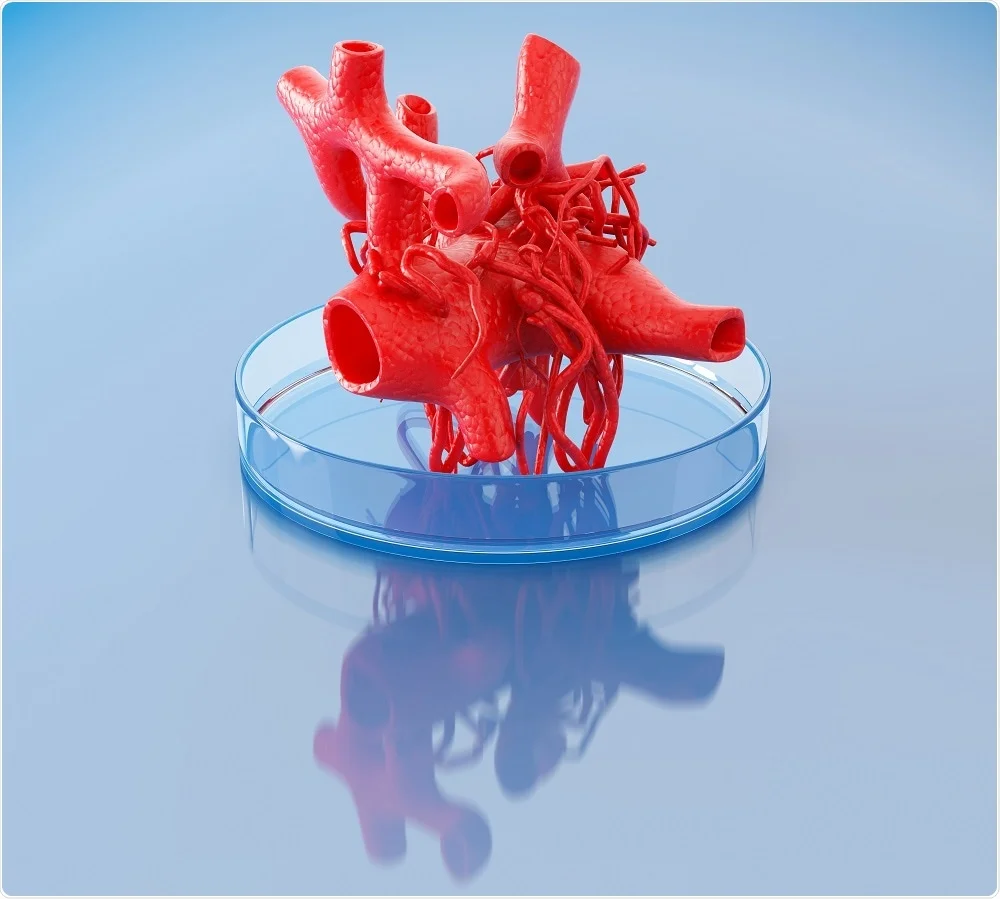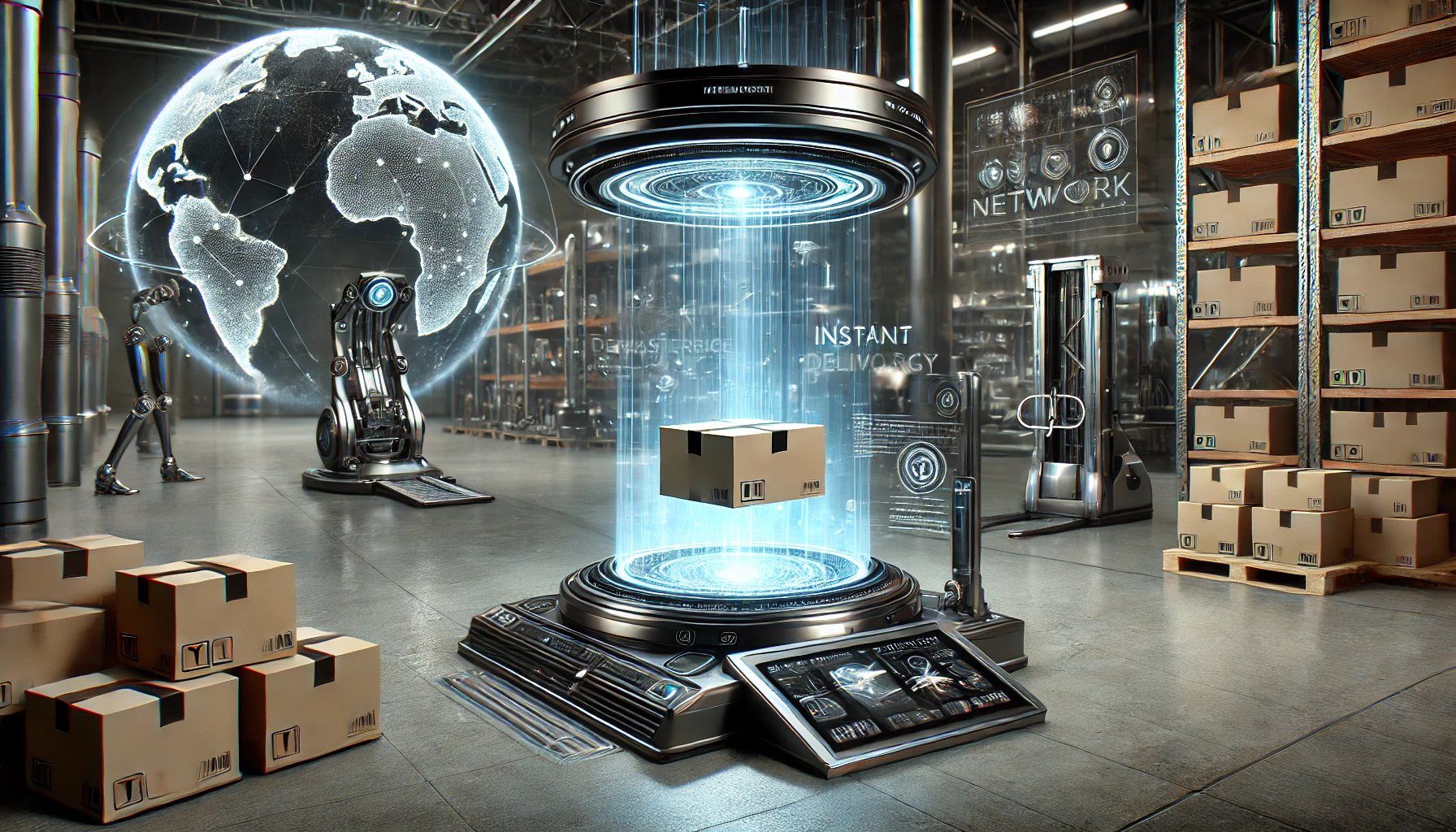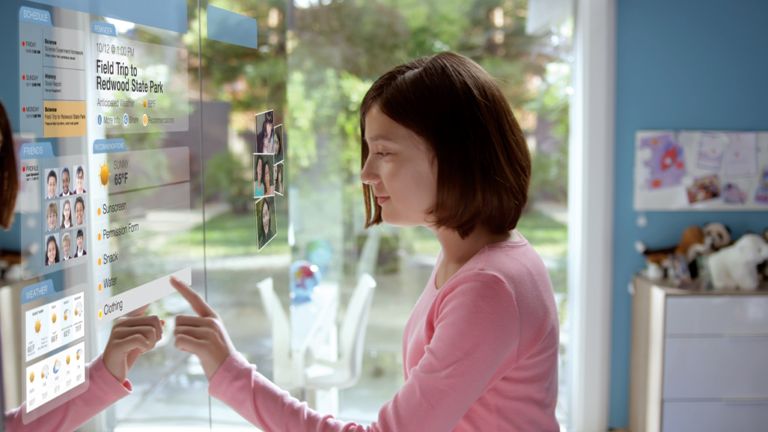In a realm where organs sprout like seedlings, each layer meticulously printed with living cells, the intersection of biology and engineering emerges — a realm known as bioprinting. Far from the pages of science fiction, bioprinting stands as a revolutionary technology, holding the promise to reshape the landscape of medicine. Similar to how your printer renders text and images, bioprinters delicately deposit intricate arrangements of cells, constructing functional tissues, and even entire organs, unlocking unprecedented possibilities in the realm of healthcare.
The Art of Bioprinting:
Bioprinting’s enchanting process involves the utilization of specialized “bioinks” — a concoction of living cells, biocompatible materials, and growth factors. These bioinks are gently extruded, layer by layer, onto a printing platform, meticulously recreating the complex architecture of human tissues. Picture it as 3D printing with the very building blocks of life.
Crafting the Future: What Can We Bioprint?
The versatility of bioprinting transcends the boundaries of imagination, offering groundbreaking applications:
- Skin Grafts: Bioprinted skin emerges as a groundbreaking solution for treating burns, addressing chronic wounds, and combating genetic skin diseases. The prospect of eliminating painful skin grafts from other body parts comes to life.
- Bones and Cartilage: Scaffolds bioprinted with bone or cartilage cells herald a new era in healing. They can repair fractures, replace damaged joints, and even hold the potential for regenerating lost limbs, promising relief from debilitating injuries and chronic pain.
- Blood Vessels and Hearts: Bioprinted vascular networks could redefine organ transplantation by providing a readily available supply of compatible blood vessels. The prospect of bioprinted hearts may lie in the future, ushering in a new era of medical possibilities.
- Drug Testing: Miniature bioprinted tissue models serve as surrogate human organs, facilitating safe and controlled environments for researchers to test new drugs and therapies, propelling medical advancements.
Overcoming Hurdles: The Challenges of Bioprinting:
While the promises of bioprinting are awe-inspiring, the technology faces its set of challenges:
- Scaling Complexity: Scaling up the technology to reliably print complex organs remains a significant hurdle.
- Integration Challenges: Ensuring the long-term survival and integration of bioprinted tissues within the body poses a delicate challenge.
- Ethical Considerations: The ethical landscape surrounding designer babies and potential misuse of this powerful technology requires thoughtful navigation.
The Promising Horizon:
Despite the obstacles, the future of bioprinting emanates optimism. With dedicated research and ethical considerations, this technology holds the potential to:
- Address Organ Transplantation Woes: Imagine a world where patients receive bioprinted organs tailored to their unique needs, eliminating the agonizing wait for compatible donors.
- Personalize Medicine: Bioprinted tissues could pioneer a new era of personalized medicine, tailoring treatment approaches for individual patients.
- Transform Drug Discovery: Accurately mimicking human organs with bioprinting could revolutionize drug testing, ushering in faster and more effective cures.
Bioprinting: A Beacon of Hope for Healthcare:
Beyond its technological marvel, bioprinting stands as a beacon of hope for a healthier future. As this groundbreaking technology matures, it has the potential to rewrite the rules of medicine, offering solutions to age-old problems and bringing us closer to a future where healing is as precise and personalized as your favorite coffee order.
So, watch closely, for bioprinting transcends the realms of science fiction; it’s the unfolding future of medicine, printed layer by layer.




